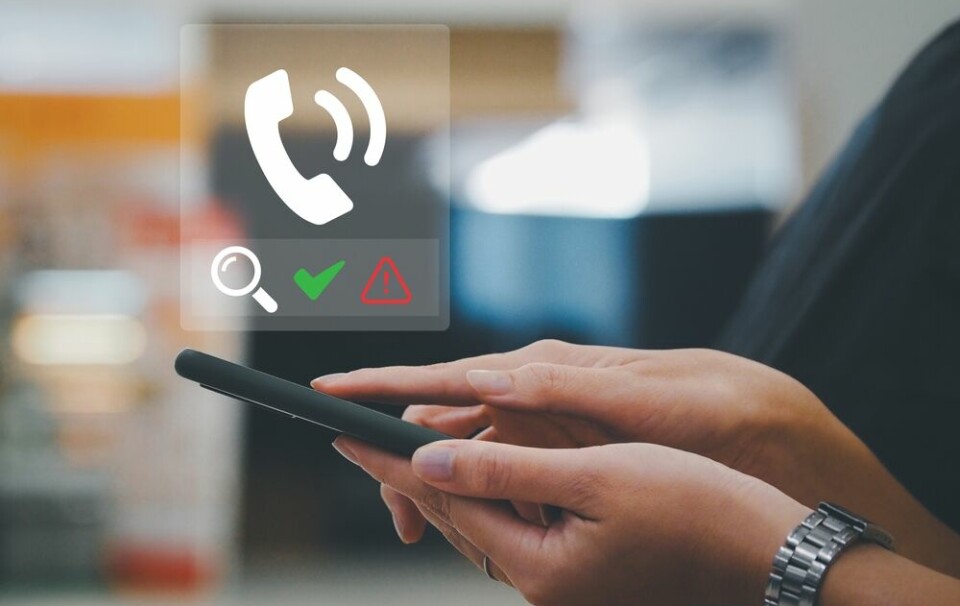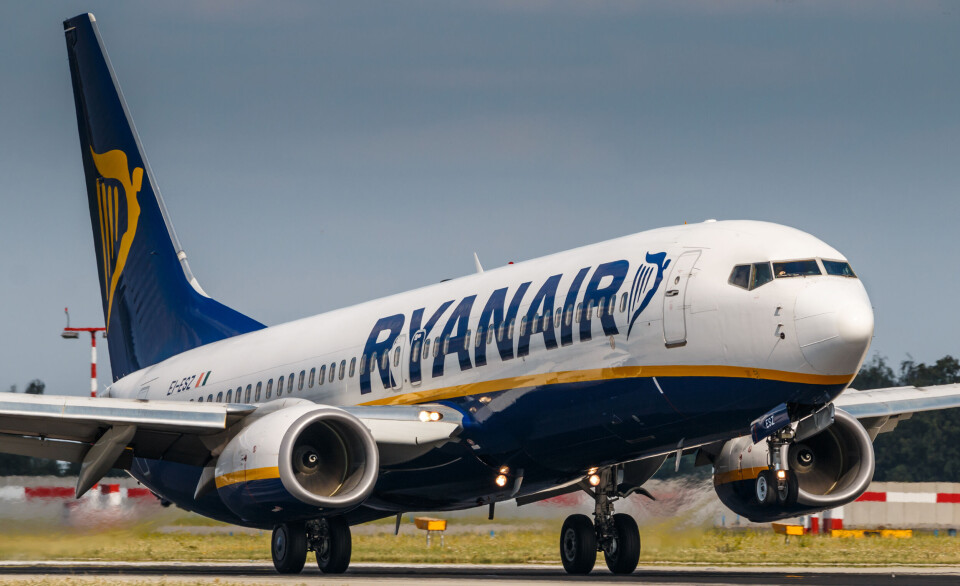-
Ryanair’s presence confirmed at Tours-Val de Loire airport
Bookings for summer flights to Marseille and Morocco are already open
-
Peak in flu cases in France expected in January
Pressure on hospitals is expected to intensify after the holiday period
-
France sees coldest Christmas Day in 15 years as ‘grand froid’ plan triggered
Sharp drop in temperature sees cold weather plan activated in more than a dozen departments
Free exhibition explores period before and after the French Revolution
From a largely unseen portrait of Marie-Antoinette to Louis XVI’s diary entries, the showcase has plenty of treats
A free exhibition in Paris is trying to lift the veil on the period around the French Revolution.
The showcase, Louis XVI, Marie-Antoinette et la Révolution, has less than a month to run before breaking for the summer.
Held at the National Archives Museum - Hôtel de Soubise, it traces the royal family during this tumultuous period, from their departure from Versailles to the abolition of the monarchy and the establishment of France’s first republic.
Exploring the 1789-1792 period, it uses archived documents, etchings, paintings and furniture to create a picture of the events that unfolded.
Louis XVI’s diary entries
For instance, Louis XVI’s journal from this time - covering the period from 1791 to 1792 - will be on display for visitors to read.
This will include his famous passage in which he wrote: “Tuesday 14 July 1789: nothing”.
Despite rarely documenting his political or personal life, the king did provide insight into his thoughts in a declaration written on June 20, 1791, called the Political Testament, in which he complains about his lack of freedom and how he had been sacrificed for the French people.
Marie-Antoinette’s correspondence
Marie-Antoinette’s letters with Sweden’s Axel de Ferson are also on display.
While some of the letters have gone missing or been destroyed, around 60 remain in the National Archives.
She devoted much of her life to letter writing, and while some were redacted, a project carried out by the National Archives and Conservation Research Centre has revealed the redacted content of 8 out of fifteen letters.
The project has made clear that it was Fersen himself who redacted the letters - in an attempt to hide the romantic parts - rather than one of his relatives or ancestors, as was previously thought.
This is the first time there is proof of the Count declaring his love for Marie-Antoinette.
Read also: The only six women in history to be ‘reburied’ in the French Panthéon
A largely unseen portrait of Marie-Antoinette
Alongside the diary entries and correspondence is a largely unseen portrait of Marie-Antoinette.
Painted by Swedish artist Adolf Ulrik Wertmüller around 1785-1788, the painting shows her in a white shirt with a hint of a smile.
It is believed to show her in the morning before she has applied her make-up, and it is a far cry from the dramatic portraits painted by Elisabeth Vigée Le Brun.
The painting, which comes from a private collection, has not been on display in Paris since 1954.
When is the exhibition on?
The Louis XVI, Marie-Antoinette et la Révolution exhibition runs until July 3 and then again from August 30 until November 6 at the National Archives Museum - Hôtel de Soubise in central Paris.
It is open from Monday to Friday (except Tuesday), 10:00-17:30, and Saturday and Sunday 14:00-19:00.
Related articles
Marie Curie, the life-saver driven by discovery
Exhibition honours Paris suffragettes and women’s fight for equality
























